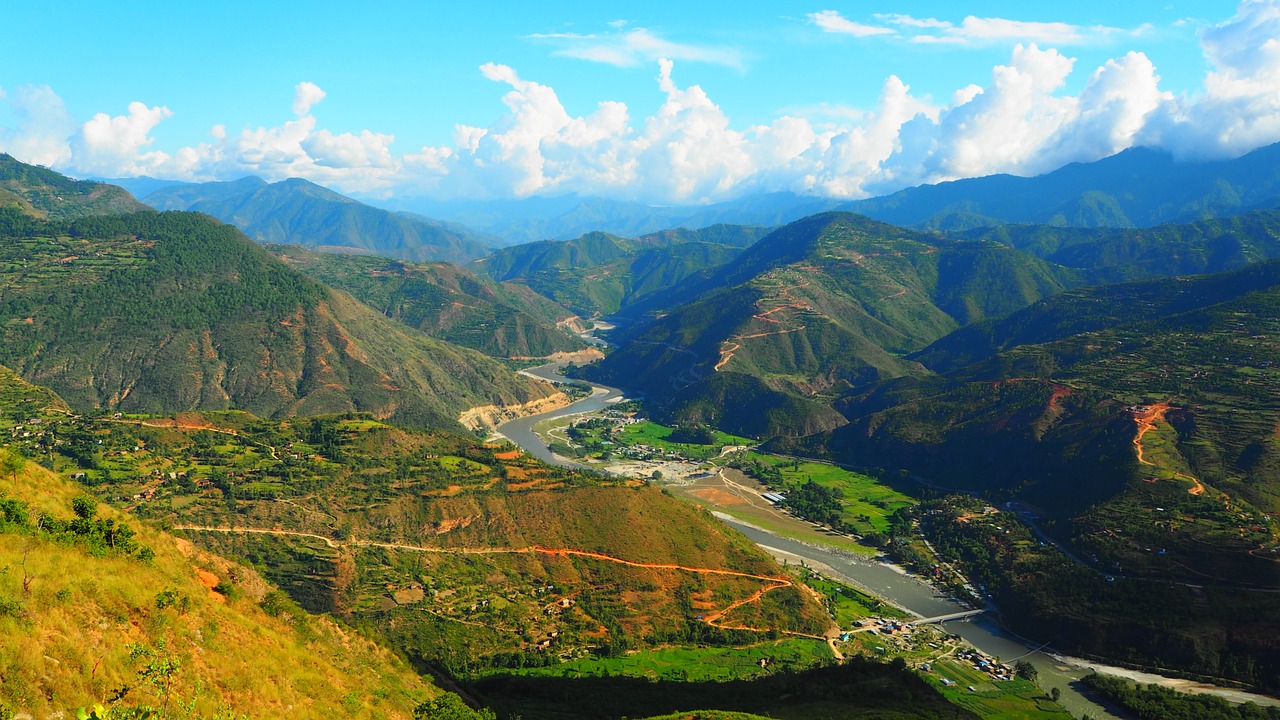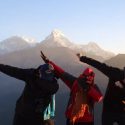Nepal is a country of amazing beauty and cultural diversity, nestled between the towering Himalayan peaks and the lush jungles of the Indian plains. This small country, which is sometimes referred to as a trekker’s paradise, has much more to offer than just the ice summits of its well-known mountains. The vivid festivals, ornate temples, and kind smiles of the Nepalese populace are what give the country its heart. Nepal is a blend of the ancient and the modern, where traditions and rituals still play a crucial role in the daily lives of its inhabitants. This is evident in everything from the busy ancient streets of Kathmandu to the peace of the numerous Buddhist monasteries and Hindu temples.

Nepal presents a timeless tapestry of varied landscapes and cultures to the discerning traveler. One can start their tour in the hilly region’s terraced farms and charming villages, then travel to Mustang’s high-altitude deserts or the beautiful Everest and Annapurna base camps. If the mountains are not calling to you, you can still see gorgeous tigers and rhinos in their natural homes in the Terai lowlands’ lush woods. Whatever your interests—adrenaline junkies, seekers of the spiritual, or fans of culture—Nepal guarantees a singular and unforgettable experience for everybody.
Continue reading “Top Destination In Nepal 2024 Updated”
Tags: luxurytravel, mountains, nepal

